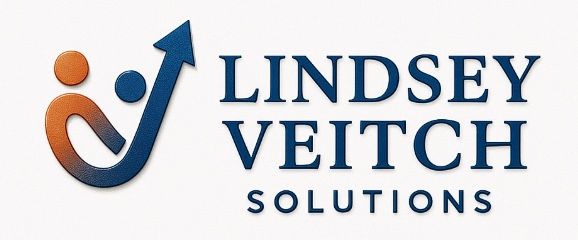Exploring New Metrics Beyond NPS in Customer Success
Understanding the Limitations of NPS
The Net Promoter Score (NPS) has long been a staple in measuring customer satisfaction and loyalty. It offers a simple, easy-to-understand metric that helps businesses gauge how likely customers are to recommend their services or products to others. However, while NPS is valuable, it doesn't always provide a complete picture of customer success. As businesses evolve, so do the metrics needed to assess their performance effectively.

NPS can sometimes fall short by not capturing the nuances of customer interactions and experiences. It provides a snapshot but lacks in-depth insights into specific areas where improvements are needed. This limitation has prompted many companies to explore new metrics beyond NPS, seeking a more comprehensive understanding of customer success.
Diving into Customer Effort Score (CES)
One alternative metric gaining traction is the Customer Effort Score (CES). Unlike NPS, which measures loyalty, CES focuses on the ease of customer interactions with a company. By asking customers how much effort they had to exert to get an issue resolved or a question answered, businesses can identify friction points in their service delivery.
Reducing customer effort can lead to improved satisfaction and retention, as customers are more likely to remain loyal when their experiences are seamless and stress-free. Implementing CES into your customer success strategy can unearth hidden pain points and provide actionable insights for improvement.
The Role of Customer Satisfaction Score (CSAT)
Another metric worth considering is the Customer Satisfaction Score (CSAT). This metric directly measures a customer's satisfaction with a specific interaction or overall experience. Typically gathered through surveys, CSAT is highly actionable, allowing businesses to pinpoint precise areas that require attention.

CSAT offers timely feedback, often immediately following an interaction. This immediacy enables businesses to react quickly to negative experiences and implement corrective measures, thereby enhancing overall customer success.
Introducing Customer Lifetime Value (CLV)
Beyond immediate satisfaction and effort, understanding the long-term value of your customers is crucial. Customer Lifetime Value (CLV) is a metric that estimates the total revenue a business can expect from a single customer account. By focusing on CLV, companies can prioritize resources toward high-value customers, maximizing profitability and sustainability.
CLV provides insights into marketing effectiveness, customer retention strategies, and product development. It encourages businesses to adopt a long-term perspective, fostering strategies that nurture lasting relationships with their customers.
The Importance of Churn Rate
Churn rate is another vital metric that should complement traditional measurements like NPS. By analyzing the rate at which customers discontinue their subscriptions or stop purchasing your products, you gain insight into potential weaknesses in your offerings or service delivery.

Monitoring churn rate helps businesses identify patterns or triggers leading to customer attrition. By understanding these factors, companies can implement strategies to retain customers, ultimately boosting their overall success.
Conclusion: A Holistic Approach to Customer Success
While NPS remains an essential metric in customer success, it should not be the sole measure of your business's performance. Incorporating additional metrics like CES, CSAT, CLV, and churn rate provides a more holistic view of customer experiences and business health.
By exploring these new metrics, companies can uncover deeper insights into customer needs and expectations. This comprehensive understanding empowers businesses to make informed decisions that enhance customer satisfaction and drive long-term success.
